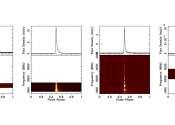NASA's Fermi finds youngest millisecond pulsar, 100 pulsars to date
An international team of scientists using NASA's Fermi Gamma-ray Space Telescope has discovered a surprisingly powerful millisecond pulsar that challenges existing theories about how these objects form.









